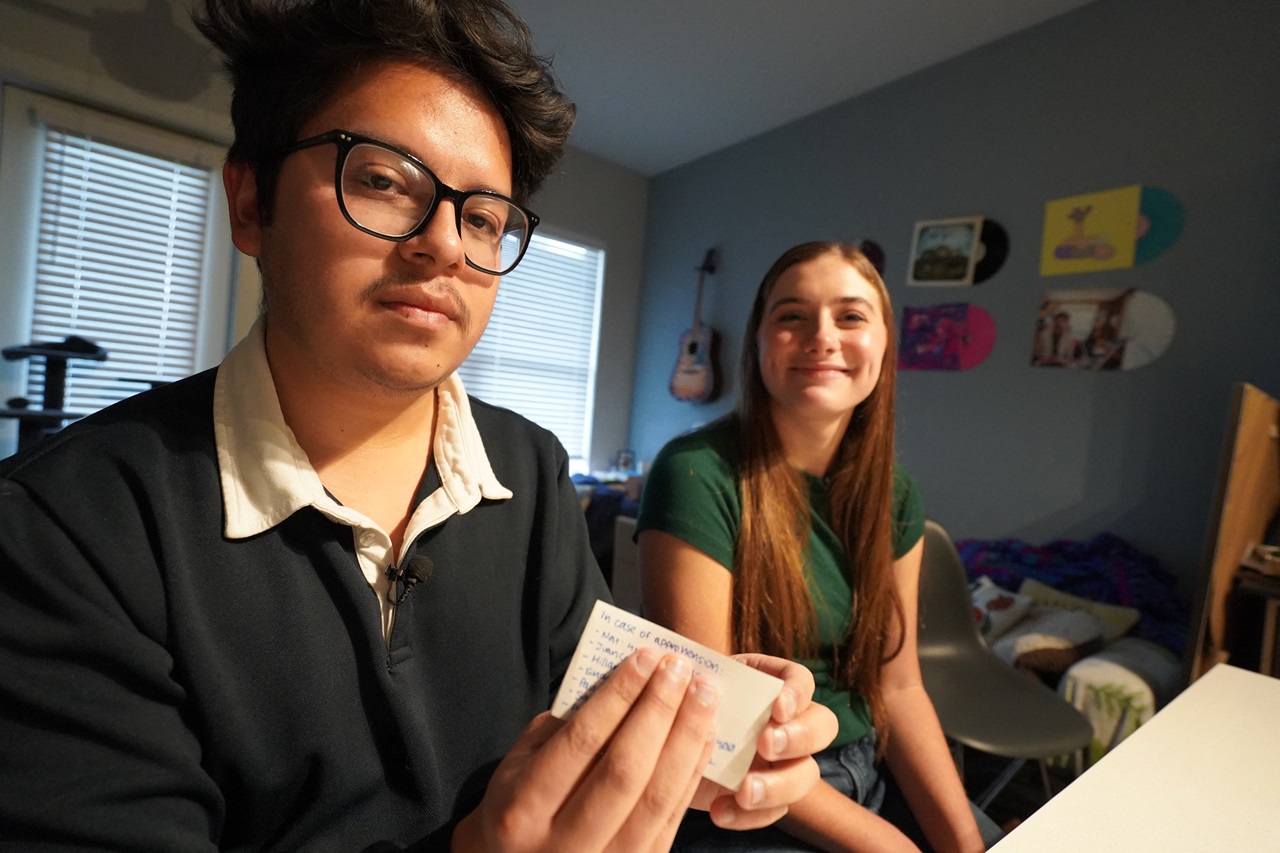
Before the vote: Inside the American Dream and Promise Act
If signed into law, H.R. 6 would provide a path to legal permanent residency and citizenship for Dreamers, TPS holders and more.
On March 3, U.S. Representatives Lucille Roybal-Allard (D-CA), Yvette Clarke (D-NY), and Nydia Velazquez (D-NY) reintroduced the American Dream and Promise Act (H.R. 6) in Congress, scheduled to be voted on this week.
If signed into law, H.R. 6 would provide a path to legal permanent residency and citizenship for Dreamers, undocumented immigrants who were brought or entered the U.S. as children, and other imigrants who reside in the nation illegally.
It can be approached as a specified portion of The U.S. Citizenship Act of 2021, Biden’s proposed comprehensive immigration reform package with an eight-year path to citizenship at its center for the estimated 10.5 million undocumented immigrants residing in the country.
It addresses the goals of H.R. 1 and more.
But the House has instead opted to immediately vote on The American Dream and Promise Act and the Farm Workforce Modernization Act, two targeted bills instead of the Biden-backed, and extensive U.S. Citizenship Act of 2021.
I’m proud to join my colleagues @RepRoybalAllard & @RepYvetteClarke in authoring #DreamandPromise to offer key protections to TPS and DACA recipients, & making a path to citizenship a reality for the millions of immigrants who call this country home.https://t.co/KTl9vjQLta
— Rep. Nydia Velazquez (@NydiaVelazquez) March 4, 2021
This is because Democrats hold thin majorities in both chambers of Congress, and Republicans are less likely to support a broad path to citizenship for all undocumented immigrants. The other tradeoff is that the two bills with specified protections are an opportunity for bipartisan compromise.
Still, The Dream and Promise Act is a more expansive version of the Democrats’ longtime immigration effort, the DREAM Act.
Unlike H.R. 6, The DREAM Act does not address the needs of immigrants covered by Temporary Protected Status (TPS) or Deferred Enforced Departure (DED). H.R. 6, though not as extensive as the U.S. Citizenship Act, does more, and a vote is coming up very soon.
First, H.R. 6 puts more Dreamers on a path to citizenship via several improvements to the DREAM Act’s initiative by expanding eligibility.
To qualify, applicants must have been 18 years of age or younger when they first entered the U.S. and be physically present since January 1, 2021. The bill also extends protections to the children of E and H visa holders who otherwise would age out of their lawful status, providing eligibility for relief under the bill to 190,000 additional children and youth. This means an estimated 2.3 million Dreamers are expected to be eligible.
H.R. 6 also provides an expedited path to citizenship for Deferred Action For Childhood Arrivals (DACA) beneficiaries. Current DACA recipients will immediately be eligible for Lawful Permanent Resident (green card) status.
This “conditional status” designation would last for 10 years before the adoption to apply for citizenship would become available. Until then, Dreamers may also be eligible to apply for a green card via military service for two years, working for three years, or getting a degree from a higher education institution, or be at least two years through a bachelor’s or technical vocational program.
H.R. 6’s additional provisions would also ease financial barriers to higher education.
Many Dreamers are first-generation college students and often lack access to federal financial aid (FAFSA) and other forms of assistance. The bill restores states’ abilities to determine in-state tuition eligibility for undocumented applicants based on residence without penalties under current law.
The bill also extends the path to Citizenship to TPS and DED Holders, the majority of whom have lived in the country for decades. More than 250,000 U.S. citizen children live in households with family members who have TPS status.
RELATED CONTENT
Under H.R. 6, these status holders would be allowed to apply for green cards immediately if they have lived in the country for at least three years and were eligible for TPS status on Sept. 17, 2017, or had deferred enforced departure status as of Jan. 20, 2021.
After five years of holding a green card, they would be able to apply for citizenship.
Biden also recently announced that he would extend TPS protections to Venezuelans currently living in the U.S. who fled the dictatorship of President Nicolás Maduro,but they would not be eligible for the citizenship plan as outlined in the Dream and Promise Act.
One of the main criticisms of the current immigration system by the Democratic party is the separation of children and families at the border, but the issue as it stands extends beyond the initial crossing.
In the U.S., more than 500,000 children have at least one parent with TPS status or who is a DACA recipient. Therefore H.R. 6 would mitigate family separation via deportation once already established in the country.
Through increased pathway to citizenship status, H.R. 6 also alleviates food insecurity.
Undocumented immigrants don’t have access to major federal public benefits like food stamps, medicaid, supplemental security income and temporary assistance, nor are they eligible for health-care subsidies under the Affordable Care Act — all issues in access exacerbated by the ongoing global pandemic.
This is also the case for Dreamers and TPS holders, who maintain limited access to these programs.
Dreamers & #TPS holders never stopped fighting for their futures — that's why this week the House will vote on the #DreamAndPromise Act. We have a historic opportunity to provide millions with a pathway to citizenship. The House must pass #HR6: https://t.co/lU2lbI8tsW #WeAreHome pic.twitter.com/WzLIPOBzQY
— FWD.us (@FWDus) March 15, 2021
Unsubstantiated claims of possible terrorist interference have resurfaced, while at the same time, the humanitarian crisis of thousands of children overwhelming DHS facilities has been further seized by GOP officials as an illustration of Biden’s lax immigration response.
The crisis isn’t new, as Rep. Veronica Escobar has pointed out, but the arguments are set to make a presence at upcoming deliberations and final votes, especially in the Senate.











LEAVE A COMMENT:
Join the discussion! Leave a comment.